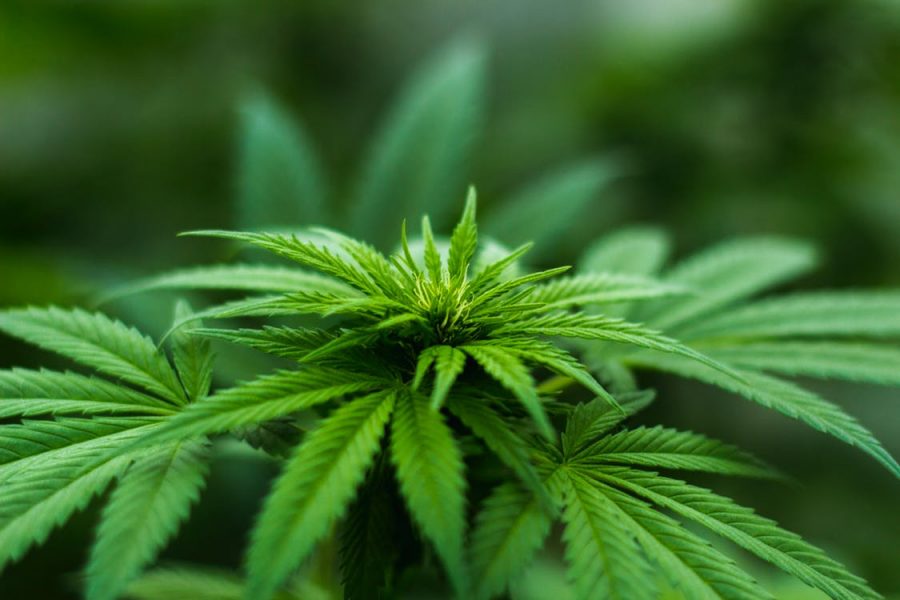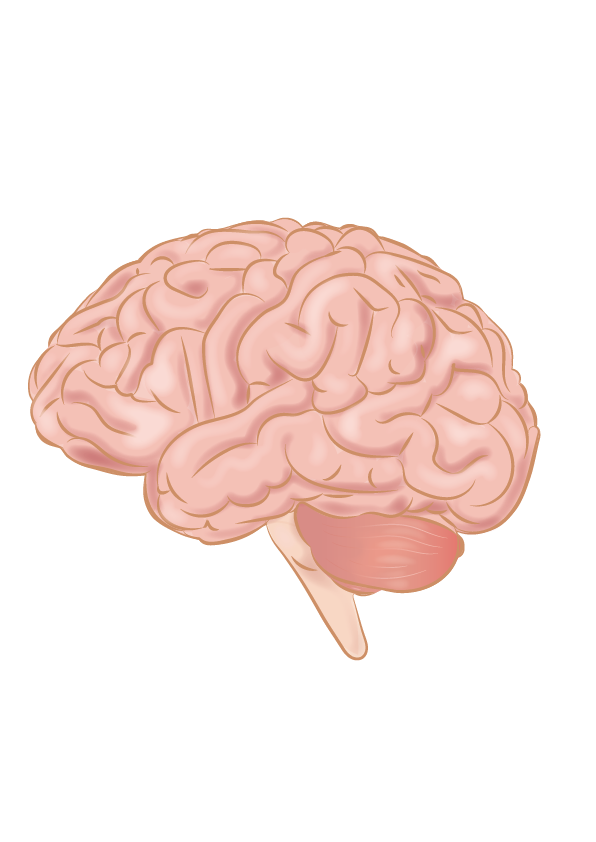Cannabis is known colloquially as marijuana, weed, pot and jazz cabbage, among others. These names are well-known to most people and this substance has become a rising star in recent years. Even more recently, the World Health Organization is reclassifying the schedule of cannabis. WHO is an entity that is “in line with its mission to provide global leadership in public health,” according to its website.
It is one of the world’s universal health care coverage organizations that is attempting to better the health of those all over the world with offices in more than 150 countries.
Often, cannabis was frowned upon since it has been scheduled as a first-, third- and fourth-degree drug. Drugs are scheduled based on their dosage and “upon the drug’s acceptable medical use and the drug’s abuse or dependency potential,” according to the U.S. Drug Enforcement Administration website.
Since 1961, Cannabis has been categorized into Schedule I, meaning it is one of the most addictive and easiest drugs to abuse. According to the DEA, “Schedule I drugs have a high potential for abuse and the potential to create severe psychological and/or physical dependence. … Schedule I drugs, substances, or chemicals are defined as drugs with no currently accepted medical use and a high potential for abuse. Some examples of Schedule I drugs are: heroin, lysergic acid diethylamide (LSD).”
However, with the legalization of cannabis in Colorado and California, there have been major discoveries in the medical benefits of the infamous drug to counter the primary rulings on cannabis.
Business Insider recently stated, “There are at least two active chemicals in marijuana that researchers think have medicinal applications. Those are cannabidiol (CBD) — which seems to impact the brain without a high — and tetrahydrocannabinol (THC) — which has pain relieving properties and is largely responsible for the high.” These findings have allowed cannabis reform to have a fighting chance and create a path for a different identity for cannabis and its users.
Considering cannabis is nowhere near the chart of addiction to that of heroin or meth, so it is clear that this is the time for reform.
With Canada fully allowing the use and sale of cannabis, the market for what is known as “pot stocks” and recreational marijuana has skyrocketed. Major marijuana companies such as Aurora Cannabis and Cronos Group have both skyrocketed by more than 25 percent since the publicizing of the stocks on the New York Stock Exchange.
The emerging markets are only opening more space for the approval of cannabis and its potential. According to Forbes, “[A] number of countries that have historically opposed drug policy reforms, such as Russia and China, are expected to oppose the change in cannabis’s classification.”
This being said, there is a rising approval for this drug that was once associated with rebellion and childishness.
Meanwhile, nations such as Canada and Uruguay, which have legalized marijuana in contravention of the current treaties, are likely to back the reform, as are a number of European and South American nations that allow medical cannabis.”
While cannabis is being more widely accepted on a global level, there is limitless potential for the growing substance with dispensaries being built nationwide. With states finding the ability to collect tax revenue and control the market of cannabis and who receive it, there is less reason for government disapproval.
Even with the rising of the marijuana market, it has been a long time coming for the legalization of cannabis with the first discovery of health benefits associated with cancer patients. Government regulation would only make cannabis safer and reduce the dangers behind it.








